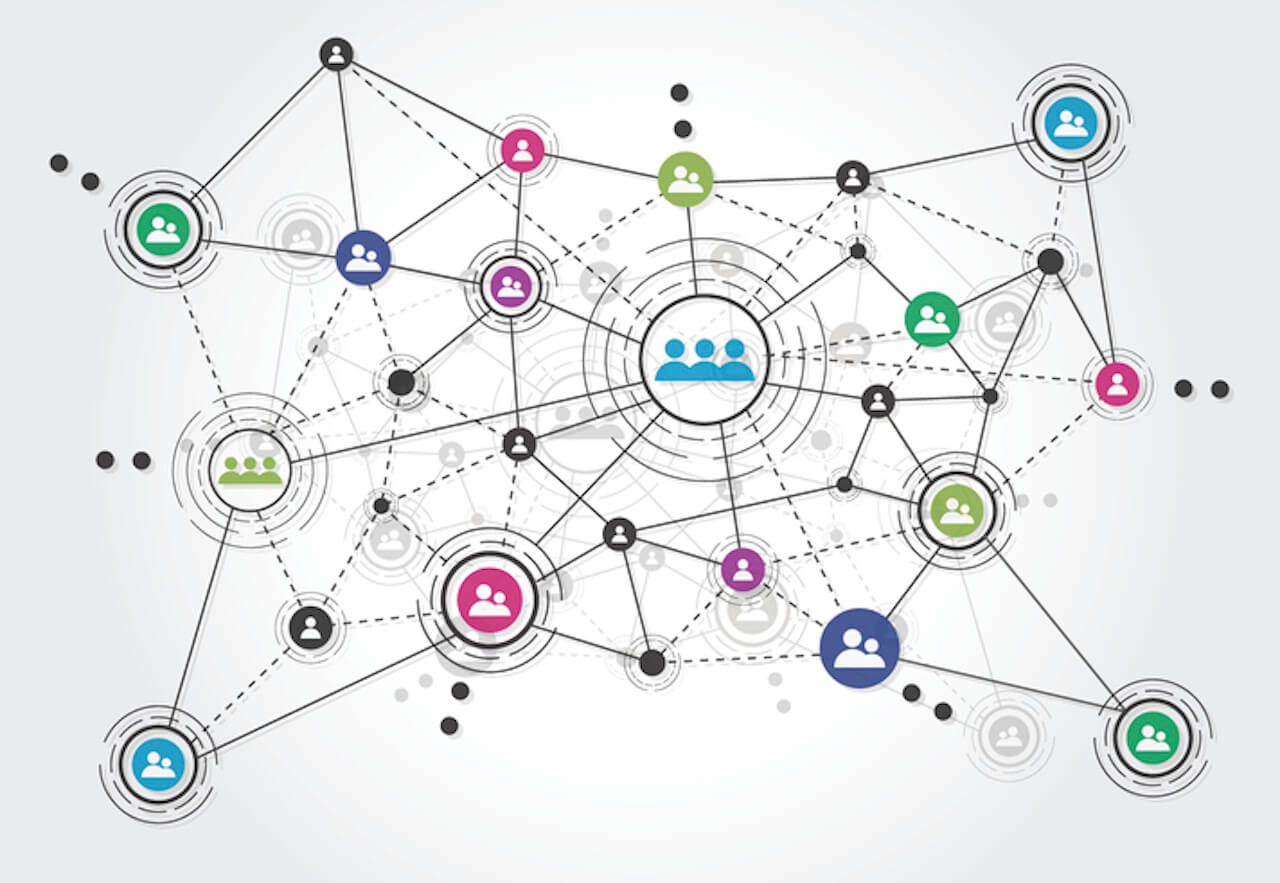Moving Beyond Clinical Trials: 4 Lessons From Real-World Data

Clinical trials continue to be the gold standard for studying the safety and efficacy of a new medicine. They are designed to take place in very controlled environments, in a well-defined population, to understand the effects of a medicine on the specific patients; however, these experimental conditions don’t always represent “real world” settings.
In recent years, drug makers, doctors and health insurance companies have been increasingly turning to real-world data to answer questions that may not be evaluated in clinical trials. They’re gathering data from sources such as electronic health records, pharmacy and insurance claims and patient apps to better understand how patients are using and responding to a drug once it has been approved for use and reached the market.
“While clinical trials serve an important purpose, real-world data can provide valuable information about a drug in routine clinical practice,” says Danny Wiederkehr, Global Team Lead in the Health Economics and Outcomes Research Unit at Pfizer. “While it’s important to recognize that real world data may not tell us the same thing as a trial or give us the same level of confidence we might get from a highly controlled setting, they can provide additional important information that may reflect a broader group of patients that take a medicine and may help inform decisions for care,” he adds.
Read on to learn more about the utility of real-world data.
1. It’s important to understand your data source
Researchers are always thinking about the best way to answer their research question, and part of that is ensuring that the data source is the most relevant. For example, when comparing new medications for cardiovascular disease, it might be important that data capture hospitalizations for strokes and heart attacks, while for a condition like rheumatoid arthritis, researchers might focus more on ensuring specific physical function or lab values that reflect inflammation are recorded. To ensure the most relevant evidence, researchers are constantly evaluating new data sources and the relevance to the research question at hand.
2. It may help doctors make more informed treatment decisions
Real-world data can help inform which medicine is more appropriate for certain patient subgroups that may not have been well-represented in clinical trials. “There can be some variation in how safe and effective products are in different patient populations, but clinical trials don’t always have a sufficient number of patients that have additional specific clinical considerations. This can create a gap about what might work best for a given patient for whom the same quality and level of evidence may not be available, but real-world data can provide additional insights,” says Wiederkehr.
3. It can be used to compare effectiveness of medicines
For some diseases, there are several treatment options available that haven’t been directly compared in a clinical trial. In these cases, real-world data may be a way to see how medicines measure up outside in routine clinical settings. By leveraging real-world data, we can tap into the experience of hundreds of thousands of patients to better understand where different medications might work best.
4. It can help payers understand costs
Payers are turning to real-world data to see which medicines may reduce healthcare costs. Additionally, clinical trials are usually very focused on efficacy and safety of medications and because of the specific protocols, their duration, and other reasons might not demonstrate other benefits of a medicine, such as reducing the time a patient spends in the hospital or reducing the chance of ending up back in the hospital after treatment.
